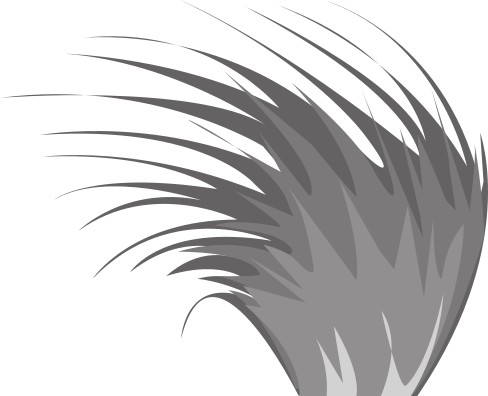Botanical adventures in the Russian Far East, from Japan to the High Arctic
Talk / Seminar on Wednesday 4th of November 2015, 05:20 PM (10 years ago)
Contact: David Lyttle | djl1yttle@gmail.com | (03) 454 5470
Speaker, Dr Alex Fergus. Join Alex for a botanical adventure in the Russian Far East. For 14 weeks, over four years, Alex and a ship-load of botanical sympathizers (they had no choice) cruised thousands of kilometers along the entire eastern coastline of Russia. Our exploration begins at the southern tip of the Kamchatka Peninsula, where we follow the Kuril Island chain, an active arc of volcanoes, south toward Japan and our southern-most point, Kunashir Island (44°N). The Kuril Islands astound with surprises, from abandoned soviet cities in sunken calderas, to Bamboo (Sasa) thickets under Larch canopies punctuated with Fritillarias and Trilliums. From here we head north along the east coast of Sakhalin Island and circumnavigate the Sea of Okhotsk, taking in the diverse Shantar Archipelago, before regaining the Kamchatka Peninsula and heading north. Leaving mainland Russia, we push seaward to the westernmost of the Aleutian Islands, The Commanders, treeless clag-cloaked islands with rich herb-dominated tundra, and the resting place of Vitus Bering. We return once again to the Kamchatka Peninsula and proceed to steam north along the coast for 2000 kms. Slowly, forests give way to tundra, as the permafrost thickens, and summer day lengths and temperatures truncate. Nevertheless, floristic 'spectularities' are still be found in the likes of Keyflower (Dactylorhiza orchids) fields and Brown Bear infested brightly coloured dwarven Rhododendron copses. Pushing north, we encounter some of Russia's richest coastal tundra on the southern Chukotkan Peninsula, where terraces dominated by pink Fireweed (Chamerion) and blue Monkshood (Aconitum) are beleaguered by the voracious appetites of gobbling hordes of Northern Pika (tiny-barking rabbits) and Arctic Ground Squirrels. Making our way through the Bering Strait we pass Russia's eastern-most point, Ratmanov Island (Big Diomede), an Alcid paradise, where Russia is separated from the US by only 4 kms. We follow the Russian coastline once more north and east, toward the vastness of Kolyuchin Inlet, a haven for waterfowl and migratory waders, where ponds of Mares-tail (Hippuris) give way to gravelly arid strips of lichens and what are typically alpine specialists (e.g. Diapensia), here, only a meter or two above sea level. Once again, and for the last time, we head north, really very far north, to Wrangel Island (71°N). On Wrangel winds buffer the Arctic Tundra, Muskox graze shrubby inland river valleys, and Polar Bears harangue Walrus in the surf. Here also, the last Mammoth, a miniature ginger variety, foraged a unique mixture of steppe and tundra plants less than 4000 years ago. With 420 taxa, Wrangel has more than double the plant diversity of any other Arctic island of comparable size. Wrangel has more endemic plant species than all of Greenland, and is home to 24 rare Arctic endemics, many of which are relic Pleistocene species from the all but lost Beringian Land Bridge. Wrangel Island is the pinnacle of our Russian botanical adventure.
* Note, this talk will be mostly photos, it may include tastings of Labrador Tea, and for authenticity, we best follow it up with a small glass of vodka.
At the Zoology Benham Building, 346 Great King Street, behind the Zoology car park by the Captain Cook Hotel. Use the main entrance of the Benham Building to get in and go to the Benham Seminar Room, Rm. 215, 2nd floor. Please be prompt as we have to hold the door open.
